Biomimicry: 7 Clever Technologies Inspired by Nature
Biomimicry
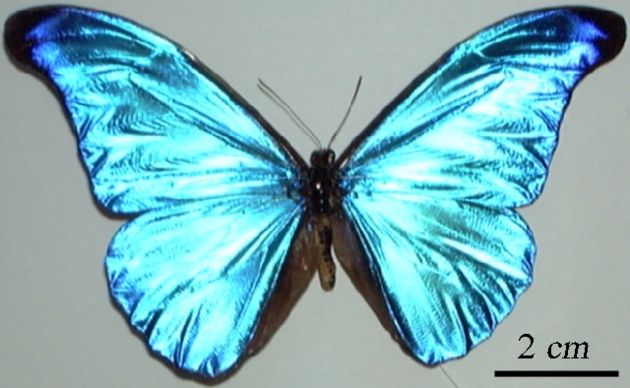
Taking inspiration from nature to solve human problems is the idea behind "biomimicry," or "biomimetics." Over time, evolution has led to some incredible developments, from the photosynthetic machinery in plants to the human eye. Taking a leaf out of nature's book, scientists have developed technologies that seek to mimic some of life's unique innovations.
Sleek shark skin
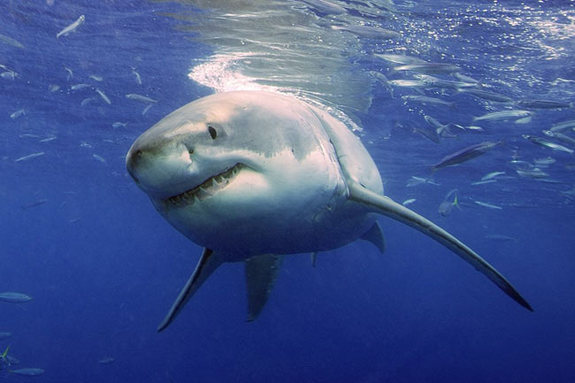
Sharks, the stealthy predators of the deep, may have a thing or two to teach the U.S. Navy. Shark skin contains sleek scales that resemble tiny teeth and are made of a tough material called dentin. The scales create tiny vortices in the water that reduce drag, studies have shown. Shark skin also prevents barnacles and other organisms from glomming on, something called bio-fouling (those sticky creatures cost the Navy at least $50 million each year, one Navy scientist estimated.) The scales are constantly in flux, limiting the surface area to which marine hitchhikers can attach.
Researchers in Germany have developed a synthetic shark skin made of elastic silicone that reduces bio-fouling by 67 percent in tests. The U.S. Navy has funded work to develop similar critter-repellent coatings.
Flesh-grabbing worms
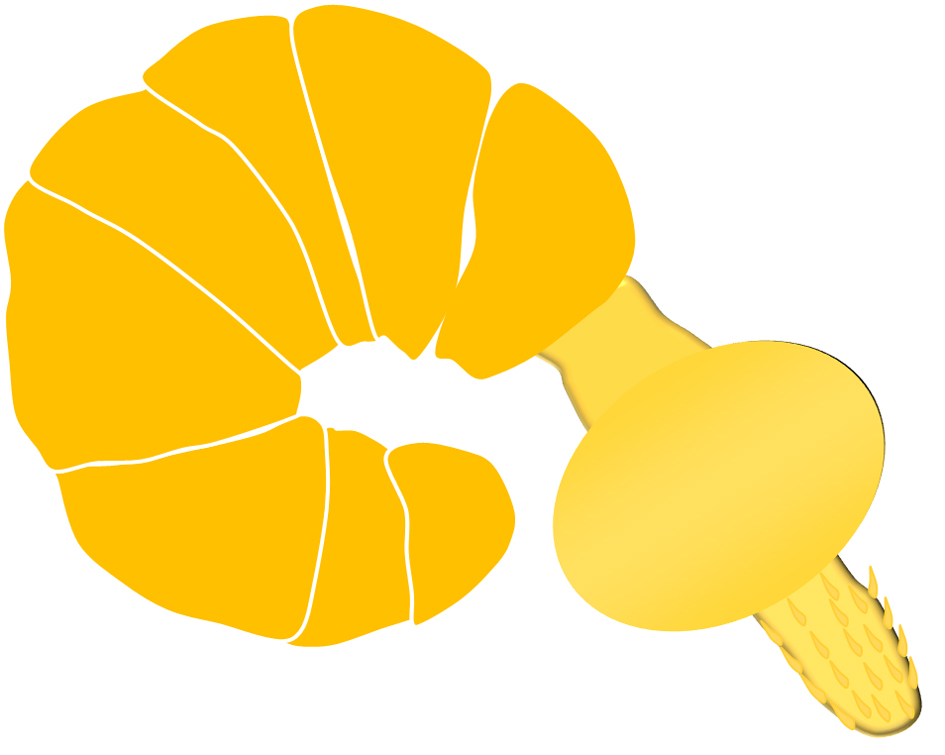
A new technique for attaching skin grafts— transplants used to treat wounds or burns — takes its design from a parasitic worm, of all things. The spiny-headed worm Pomphorhynchus laevispierces the intestines of its hosts with a razorlike spine, then inflates its cactuslike head inside the tissue to latch on.
Similarly, the skin graft adhesive consists of a patch of tiny needles whose tips swell up when exposed to water, keeping the graft in place. The material is three times as strong as surgical staples, researchers say.
The invention of Velcro

Velcro is ubiquitous these days, found on everything from astronaut suits to children's shoes. The sticky material was actually inspired by the way plant burrs stick to dog hair. In 1941, the Swiss engineer George de Mestral looked at the burrs under a microscope and noticed they contained hundreds of tiny hooks that could catch on loops of hair or clothing. He developed a material based on this and called it Velcro, from the French words "velours," meaning velvet, and "crochet," meaning hook.
The sheen of butterfly wings

Researchers developing color displays for e-readersare taking inspiration from an unlikely source: butterfly wings. Qualcomm MEMS Technologies created the first full-color, video-friendly e-reader prototype based on the way butterfly wings gleam in bright light. The display, known as Mirasol, works by reflecting light, instead of transmitting light from behind the screen the way LCD monitors do. The new type of screen can be read in bright sunlight and has longer battery life.
Thirsty beetles
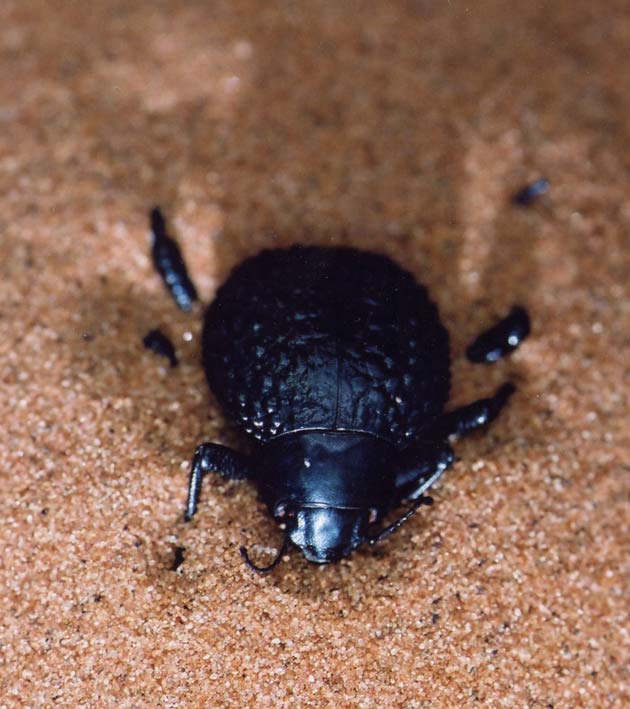
The tiny Namib Desert beetlehas a clever way of surviving in its parched habitat: It collects water by condensing fog into droplets on the ridges of its back.
Researchers from the Massachusetts Institute of Technology have developed a bumpy material made out of glass and plastic that mimics the beetle's back. That material could be used to collect water or other liquids, make a "lab on a chip" or build cooling devices, scientists said. U.S. military officials think the material could even be useful for cleaning up toxic spills.
A gecko's grip

Geckos can walk along walls and ceilings, because their feet contain dense clumps of projections, each thinner than a human hair, that end in tufts of tiny fibers called spatulae. A new adhesive is under development that mimics how gecko feet stick to and release from a surface. Made of millions of plastic fibers, the adhesive can support almost a pound of weight, and the material gets even stronger with use. Possible applications include climbing equipment and medical devices.
Strong as spider silk
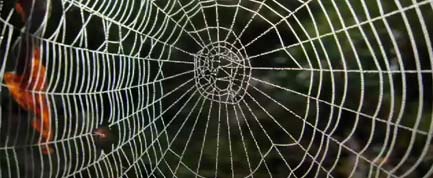
Even outside Spider-Man comic books, spider silkis known to be one of nature's strongest materials — five times stronger than steel by weight. Silk is both stretchy and lightweight. It must be sticky in some places to catch prey, and not sticky in others so that the spider can scuttle across it.
Scientists have created a medical product that mimics this property: a flexible tape that can be peeled off a wound without damaging the tissue underneath. The sticky material could be useful for attaching tubes or sensors to the delicate skin of newborns and the elderly. Traditional medical tape is made by applying a sticky substance onto a thin backing material. To make the silk-inspired tape, researchers applied a silicon-based film to the backing material first, and used a laser to etch a grid pattern onto the silicon. The grid makes some parts of the material sticky and other parts non-sticky, just like a spider's web.
Sign up for the Live Science daily newsletter now
Get the world’s most fascinating discoveries delivered straight to your inbox.











